Four Visions Of Change For The Yahara Watershed
The year 2070 may sound like an impossibly distant date from the vantage point of 2016, but it's as near into the future as John Glenn's first orbit of the Earth is in the past.
September 1, 2016
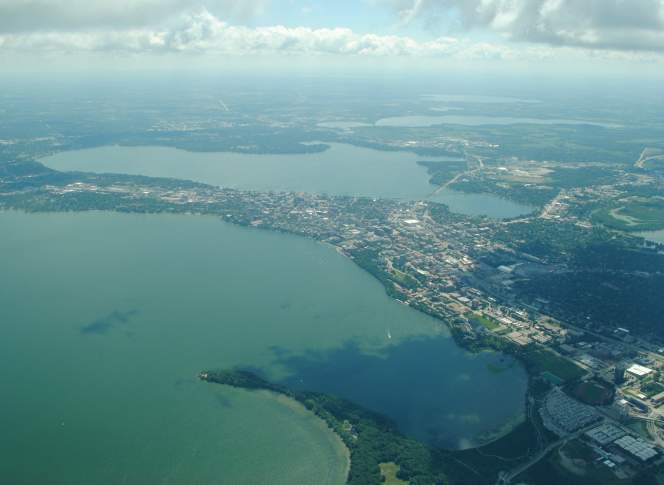
Aerial photo of lakes Mendota, Monona, Waubesa and Kegonsa

The year 2070 may sound like an impossibly distant date from the vantage point of 2016, but it’s as near into the future as John Glenn’s first orbit of the Earth is in the past. This point just over a half-century from now is the destination of Yahara 2070, a regionally oriented research effort headed by the Water Sustainability and Climate Project at the University of Wisconsin-Madison.
Yahara 2070 explores how the intersection of climate change and human behaviors might shape the future of the watershed that cradles most of the city of Madison and some of its surrounding areas. The Yahara Watershed consists of the chain of lakes at the heart of Dane County along with the springs and streams that feed them and their surrounding landscape. These waters flow roughly from north to south, with the Yahara River serving as a tributary of the Rock River, which in turn runs through a wide swath of northwestern Illinois before emptying into the Mississippi River. The Yahara region is rich in both fresh water and fertile soil, sustaining widespread agricultural uses alongside one of Wisconsin’s densest urban areas.
The Yahara Watershed faces multiple challenges – a growing population, agricultural waste, invasive species and other factors – and all can affect water quality, the lakes’ ecosystem, and the productivity of the land. Better understanding each can help inform decisions about how the region might adapt to them over coming decades. Moreover, with seasonal average temperatures projected to rise and weather events becoming more extreme in the midst of global climate change, the potential shape of these issues take on more uncertainties.
Over the past several years, the Yahara 2070 research team has explored the environmental systems that define the watershed. During that time, a Wisconsin Public Television documentary team has followed the project, tracking the scientists who are investigating interactions between the water, soil and the lifeforms both sustain. This work is presented in the new documentary Yahara Watershed: A Place of Change, produced by Zac Schultz.
In an Aug. 26, 2016 interview on Wisconsin Public Television’s Here And Now, Schultz spoke with Monica Turner, a landscape ecologist with the UW-Madison Department of Zoology and a lead scientist with the Yahara 2070 project. She discussed the idea behind the research and why it’s oriented towards the future.
“When we think about the water we all depend upon in our landscape, the quality and the supply of that water depends a lot on what we do now,” Turner said. “Some of the things that we wish to accomplish or that we have to wait until they happen don’t happen at the flick of a switch.”
Yahara 2070 investigates the watershed, its challenges and the potential future human landscape of the region by modeling how water and land systems might develop through four scenarios. These are stories crafted by the researcher teams that are intended to illustrate potential directions human actions might take over the next half-century in the midst of climate change. Each is structured around one central idea – population loss, technological innovation, transforming social values and new approaches to governance – that guides the parameters of computer model that is coded to forecast future conditions.
All four scenarios have their own narrative that weaves a story about the Yahara Watershed in 2070, complete with original art and an introductory video:
- “Abandonment and Renewal” posits an environmental catastrophe that leads to depopulation of the Madison area and a gradual resettling oriented around a subsistence lifestyle.
- “Accelerated Innovation” envisions a technological revolution that transforms agriculture and restructures the region’s economy.
- “Connected Communities” is built on the idea of a generational shift in values that emphasize sustainability, collaboration between community stakeholders and prioritizing time and relationships over things.
- “Nested Watersheds” flows from a new vision of the social contract through restructuring local and regional governments around managing water.
Each scenario is highly speculative and all rely heavily on the storytelling tradition of getting people to think about the future through utopian and dystopian visions. But each scenario is also highly specialized. Their singular focus around one guiding concept is what allows the researchers to create computer modeling that explores widely divergent settings and whether or not they’ll have similar or different outcomes.
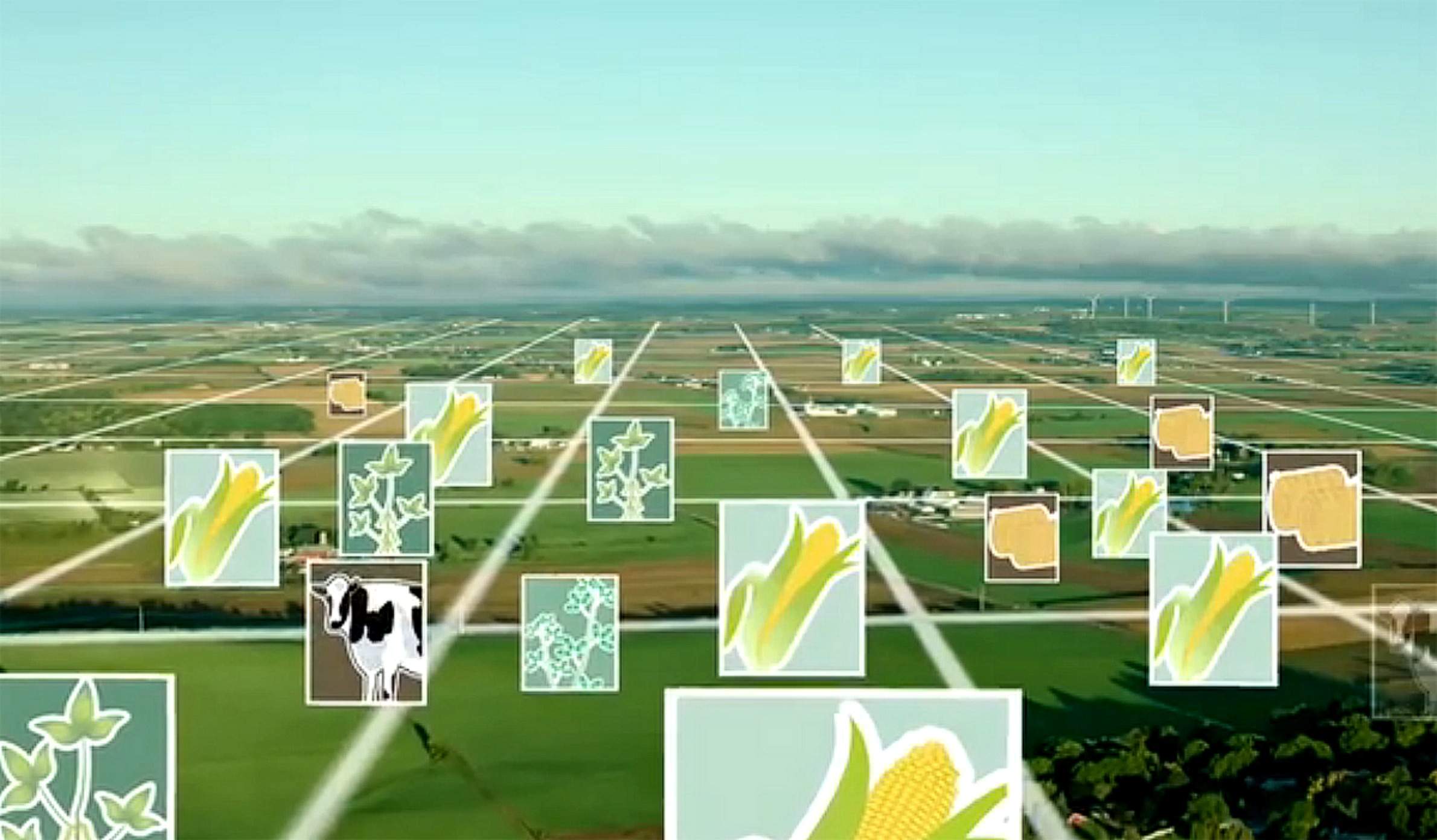
“Scenarios are fictitious, but plausible stories about the future. They are not predictions, but explorations of the question ‘what if…?’,” is how the Yahara 2070 team explains this approach. “They project real data onto a canvass of the future and allow scientists to capture pictures of what the world could look like based on differing changes that might feasibly occur. The set of pictures can help decision-makers make long-term plans by generating discussion around what would be a desirable and conceivable future.”
Steve Carpenter is another lead scientist with Yahara 2070 and director of the Center for Limnology at UW-Madison. In a 2014 video primer about scenarios, he discussed how the project uses them, and how scientists and businesses employ the concept at global and local levels.
“The future is impossible to predict, but we can imagine the range of things that might happen,” said Carpenter, explaining how scenarios can help winnow a sweeping array of variables into a more understandable direction.
“For scientists, they help us organize our modeling analyses,” he said. “Otherwise, there are just too many questions and too many things to do, and the scenarios help us organize those questions into manageably few questions we can answer.”
Carpenter was interviewed on the May 9, 2014 edition of Wisconsin Public Television’s Here And Now about the project, and spoke more about the team’s visualization of potential futures for the Madison area.
“Every element of the scenarios is true and exists today,” said Carpenter. “What is fiction is the way we put the elements together. And so the question for the public is, as we go into the future, what parts of the present do we want to take with us and what parts should we leave behind?”
Carpenter emphasized the long-term focus of the Yahara 2070 project in this 2014 interview.
“We wanted to get away from the clutter of one- to two-year decision-making, which is, you know, where all of us spend most of our time,” he said. “And environmental problems are long-term problems, and they require generational thinking. And we’re really not interested in next year’s zoning decision or next year’s county budget. What we’re interested in is what goes on 60 years from now, what kind of world do we want, and what kind of world can we get.”
Speaking to Here And Now more than two years later with findings from each of its four models, Monica Turner noted what the Yahara 2070 team has learned about the region’s water, soil and human impact on each.
“The water quality can actually improve,” she said, citing the role nitrogen and phosphorus play as nutrients in agriculture and the broader ecosystem. Turner also noted the surprising result of how much urban areas can serve to store carbon, the ways more intense rainstorms stemming from climate change might challenge the landscape, and how invasive species can trigger unexpected consequences for the broader water and land systems.
Yahara 2070 researchers will continue analyzing the data they’ve modeled, and plan to communicate their findings with the public and policymakers. “We have to work together to make some of the changes that will help our landscape and our waters be resilient in the future,” she said.
Much more background about the Yahara 2070 project and discussion about its work can be explored in Yahara in situ, a blog published by the UW Water Sustainability and Climate Project.
 Passport
Passport





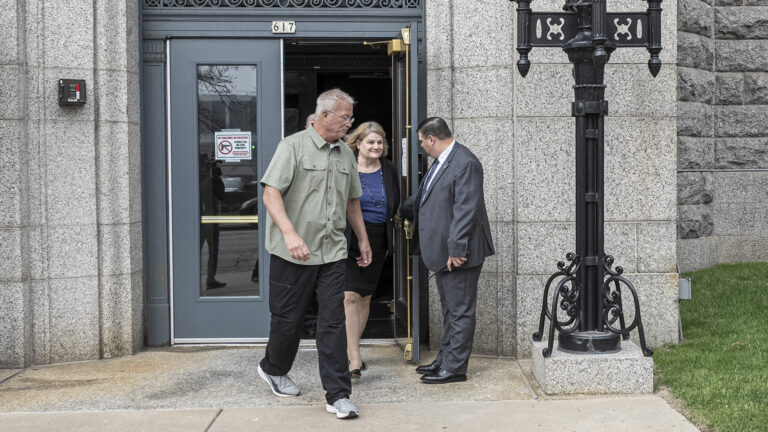
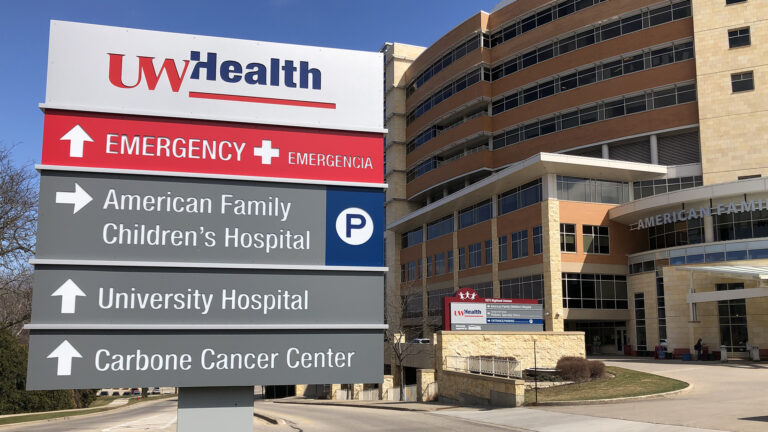


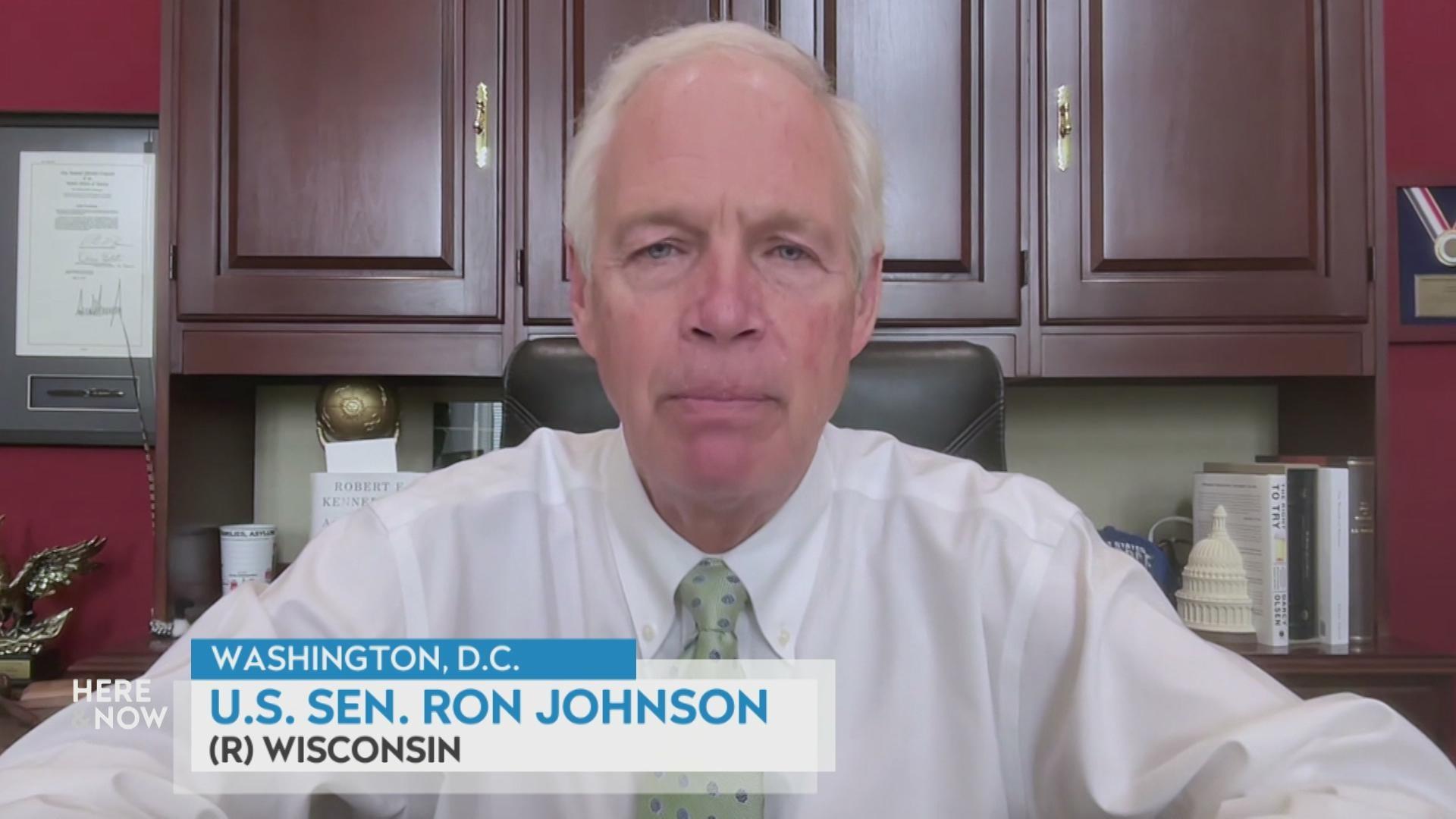

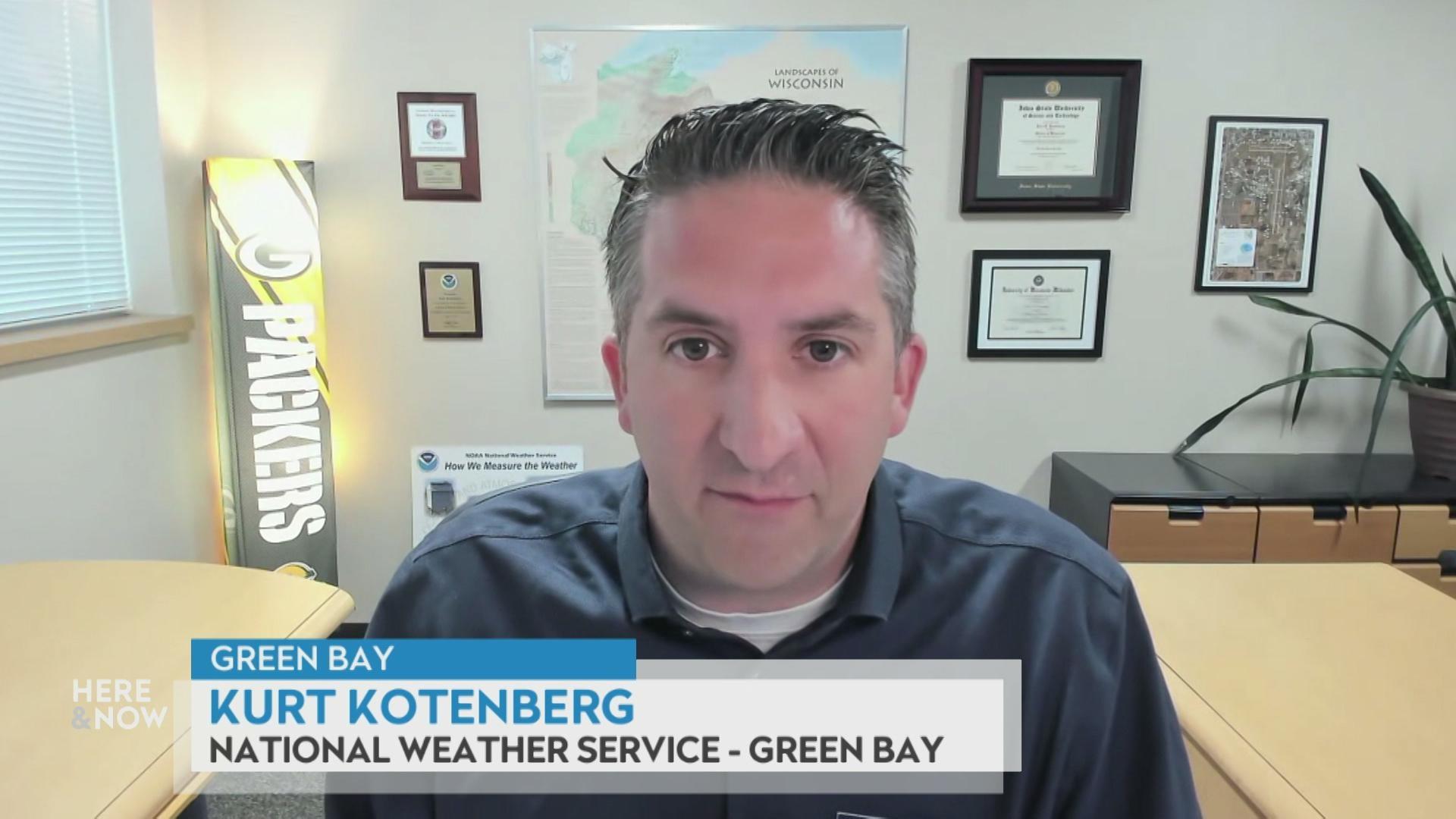
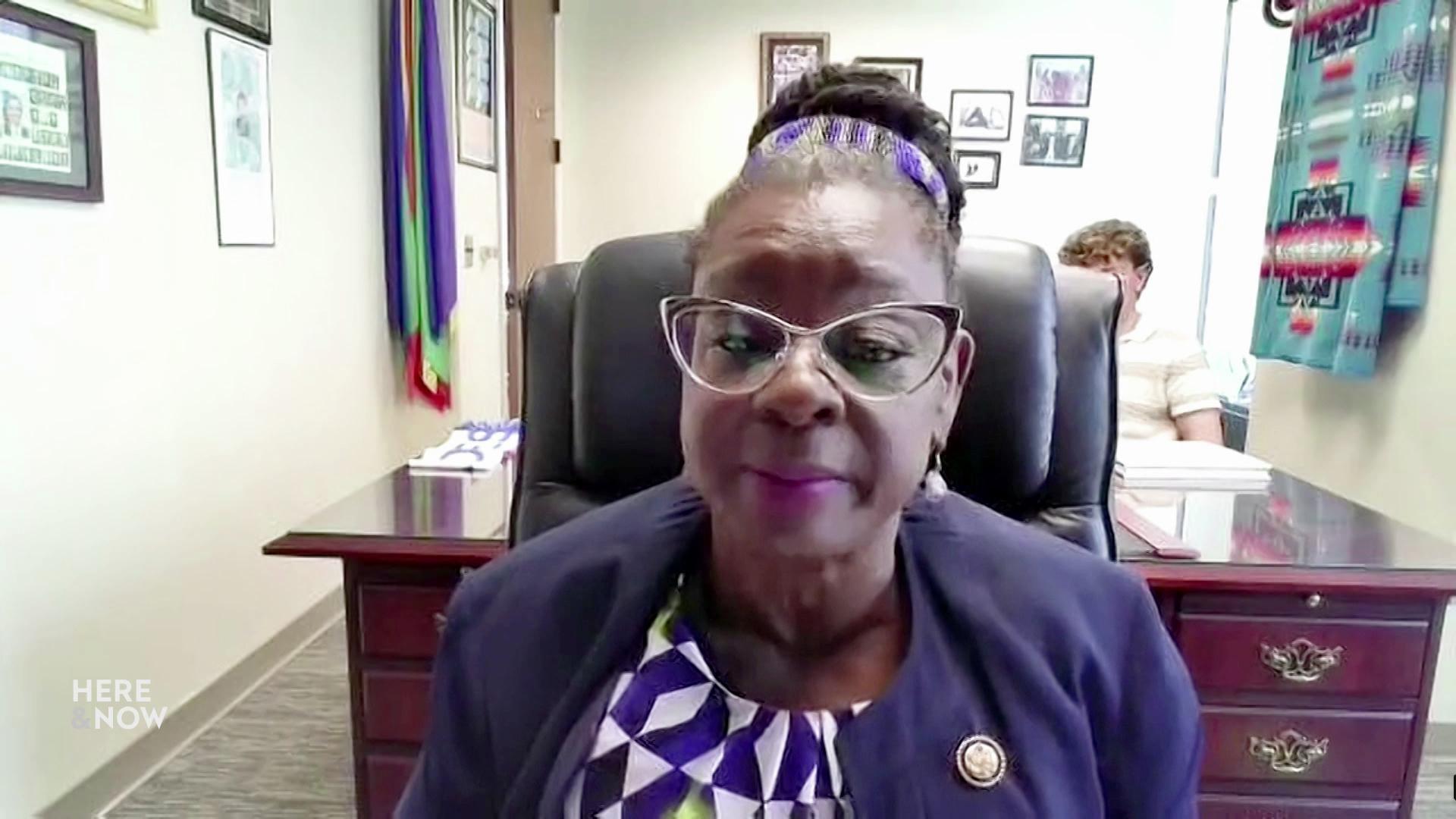


Follow Us